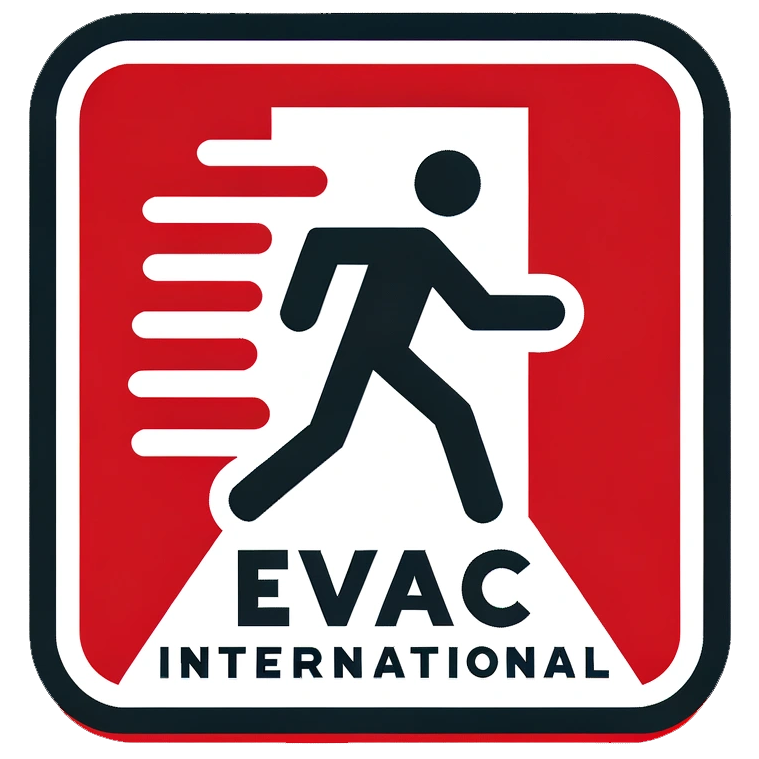As a fire safety and evacuation expert, I firmly believe that companies and public buildings must prioritize the safety and protection of all individuals, including those with mobility challenges. In the event of an emergency such as a fire, having proper evacuation measures in place can mean the difference between life and death. That is why I advocate for the use of evacuation chairs as a crucial component of any building’s evacuation plan.
Evacuation chairs are specially designed devices that allow individuals with mobility impairments to be safely and swiftly evacuated from a building in case of an emergency. These chairs are equipped with sturdy wheels and can be used to transport individuals down stairs and through narrow corridors, where traditional wheelchairs and mobility aids may not be able to maneuver effectively. As a fire safety and evacuation expert, I have seen firsthand the benefits of incorporating evacuation chairs into a building’s emergency preparedness plan.
One of the main reasons why evacuation chairs are essential is because they provide a means of escape for individuals who may have difficulty navigating stairs or confined spaces during an emergency. In the event of a fire, elevators are often rendered inoperable, leaving individuals with mobility challenges stranded on upper floors. Without a proper means of evacuation, these individuals are at a significantly higher risk of injury or even death. Evacuation chairs provide a practical solution to this problem, allowing for the safe and efficient evacuation of all building occupants, regardless of their mobility status.
In addition to providing a means of escape for individuals with mobility impairments, evacuation chairs also play a crucial role in ensuring the safety of first responders and building staff during an emergency. In the event of a fire, emergency responders rely on clear and unobstructed access to the building in order to carry out rescue and evacuation operations. Without proper evacuation measures in place, the safety of both occupants and emergency personnel is compromised. Evacuation chairs help to facilitate the swift and orderly evacuation of all individuals, minimizing the risk of injury and ensuring that first responders can effectively carry out their duties.
Furthermore, incorporating evacuation chairs into a building’s emergency preparedness plan demonstrates a commitment to inclusivity and accessibility. By ensuring that individuals with mobility challenges have a clear and viable means of evacuation, companies and public buildings can create a safer and more inclusive environment for all occupants. This not only aligns with legal requirements and building codes, but also reflects a genuine concern for the well-being of all individuals who enter the premises.
It is important to emphasize that the need for evacuation chairs extends beyond the realm of fire safety. In the event of other emergencies such as earthquakes, floods, or acts of violence, individuals with mobility impairments are at an increased risk of being stranded and unable to evacuate. As a fire safety and evacuation expert, I firmly believe that the presence of evacuation chairs in all public buildings can help mitigate the risks associated with a wide range of emergency scenarios, providing a valuable means of escape for individuals who may otherwise be at a significant disadvantage.
Unfortunately, in many cases, the importance of evacuation chairs is often overlooked or underestimated. Companies and public buildings may prioritize other aspects of emergency preparedness, such as fire alarms and sprinkler systems, while neglecting the needs of individuals with mobility challenges. This oversight can have serious consequences, as it leaves vulnerable individuals at a higher risk of injury or even death in the event of an emergency.
In recent years, there has been a growing recognition of the importance of evacuation chairs as a critical component of building safety and emergency preparedness. Laws and building codes now increasingly mandate the inclusion of evacuation chairs in public buildings, acknowledging the vital role they play in ensuring the safety and well-being of all occupants. As a fire safety and evacuation expert, I wholeheartedly support these measures and advocate for the widespread implementation of evacuation chairs in all public buildings.
In conclusion, as a fire safety and evacuation expert, I am a firm believer in the importance of evacuation chairs as a critical component of any building’s emergency preparedness plan. These specially designed devices provide a practical and effective means of escape for individuals with mobility challenges, ensuring their safety and well-being in the event of an emergency. Additionally, evacuation chairs help to facilitate the orderly and efficient evacuation of all building occupants, thereby enhancing the safety of first responders and building staff. It is my sincere hope that companies and public buildings will prioritize the inclusion of evacuation chairs in their emergency preparedness plans, demonstrating a commitment to inclusivity and the safety of all individuals. By doing so, we can create a safer and more accessible environment for everyone, regardless of their mobility status.

